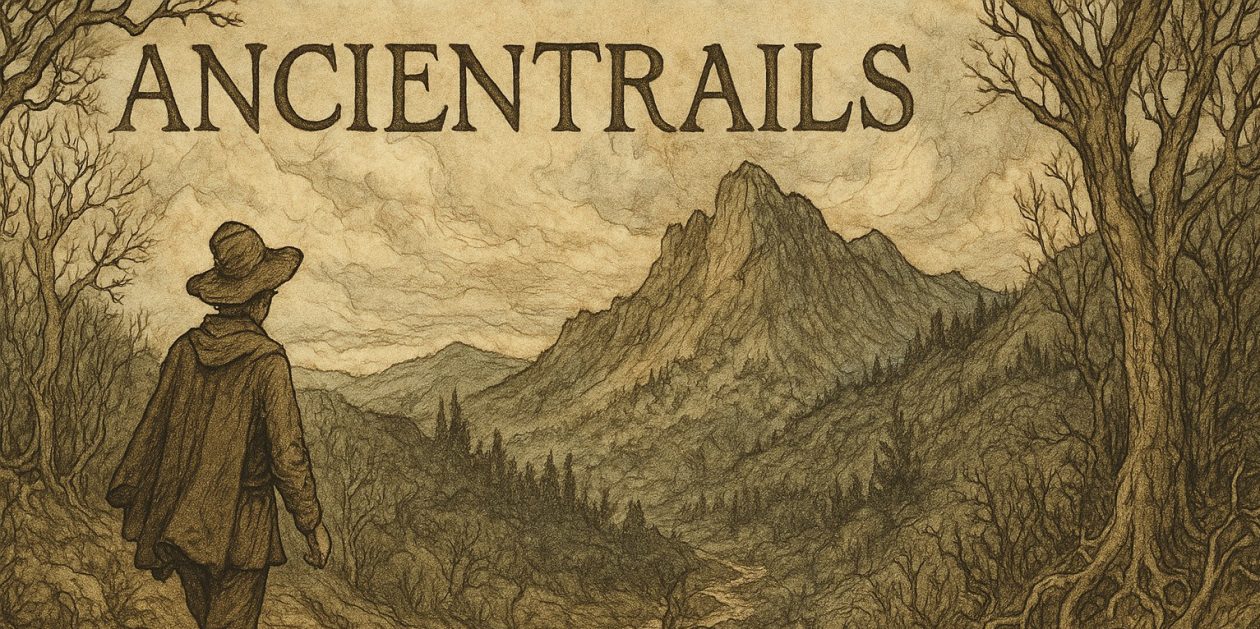63 bar steep rise 29.64 6mph N dew-point 58 Summer night
Last Quarter of the Flower Moon
As always, the movies come later up here above 694, inside the pick-up section of the Minneapolis metro. Tonight it was “No Country For Old Men.” This movie is an instant classic according to many reviews.
Talk about an oxymoron. An instant classic. That’s where the frisson is, yes, but I have a suspicion that just beyond the irony of such a juxtaposition lies a realm in which critics believe in their capacity to know a classic when they see one, even if it has only six months of theatre runs under its belt. I don’t believe in such a capacity; but, I do believe it is of the nature of criticism to imagine its existence.
This is a fine movie. It has a story line that takes you by misdirection. As the movie unwinds into its fullness, the obvious assumption is that it is a mystery, a how will they catch him yarn. Anton Chigurh and his compressed air weapon, used in stock-yards for killing live stock, cuts a wide lane of violence down the center of the screen. The opening scene shows the remains of a drug deal that has killed at least eight people.
The plot seems to follow the results of this shoot out when it really follows Sheriff Bell, Sheriff of Terrel County in west Texas. His story is a meditation on aging and on the violent criminal action that follows in the wake of the international drug trade. He is an intelligent, compassionate man bewildered by crime he no longer understands. In the final scene, which took me by surprise, he recount two dreams about his father.
A classic? Hell, I don’t know. I’m not even sure the movies that film historians claim are classics are classics. I feel more confident in defining literary classics. There I feel I know one when I see one. With movies? Difficult. Casablanca? Yes. Singing in the Rain? No. Wizard of Oz? Maybe. Birds? No. Why? Too sleepy to explain. This movie a classic? Probably not. But it is a damned fine movie anyhow.
